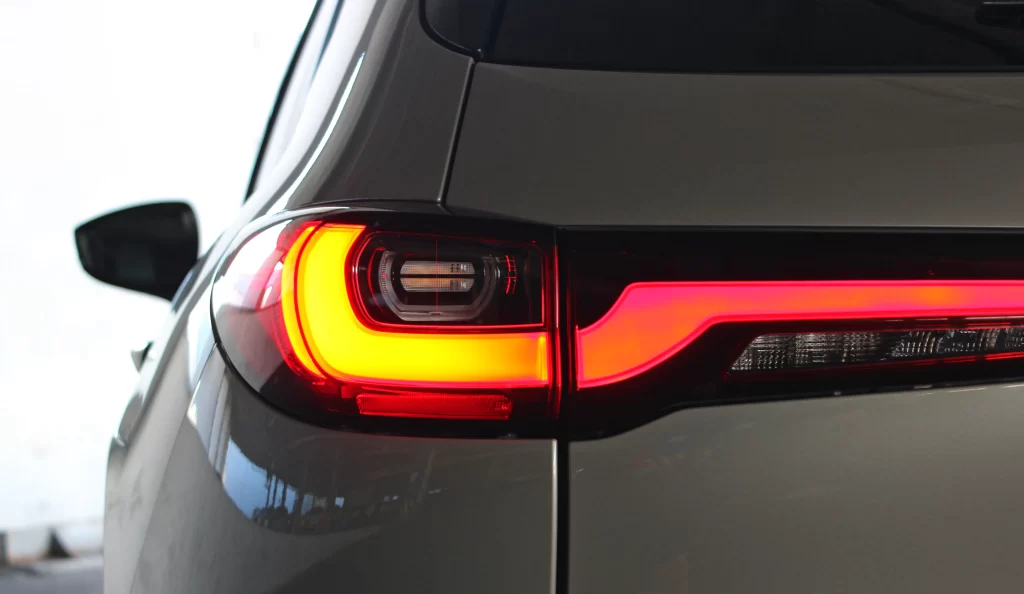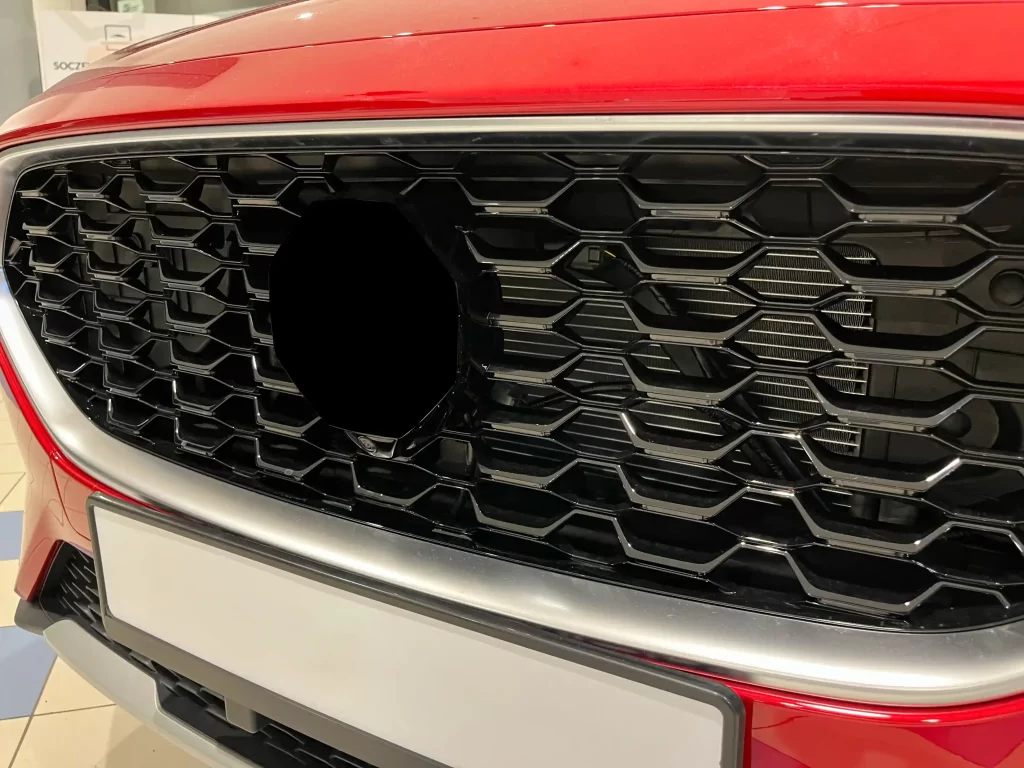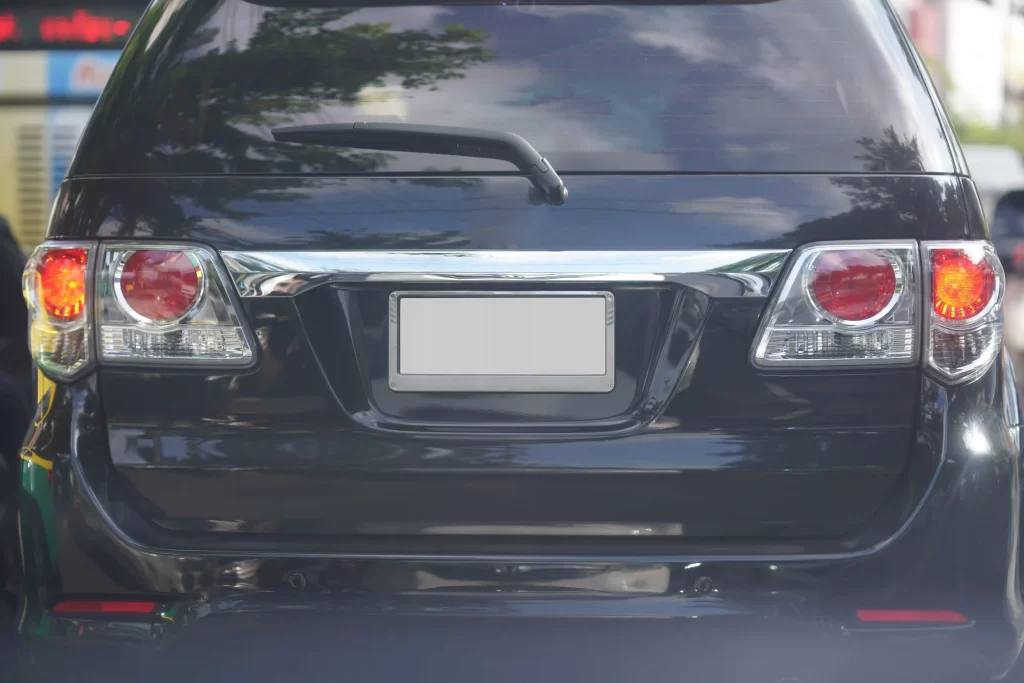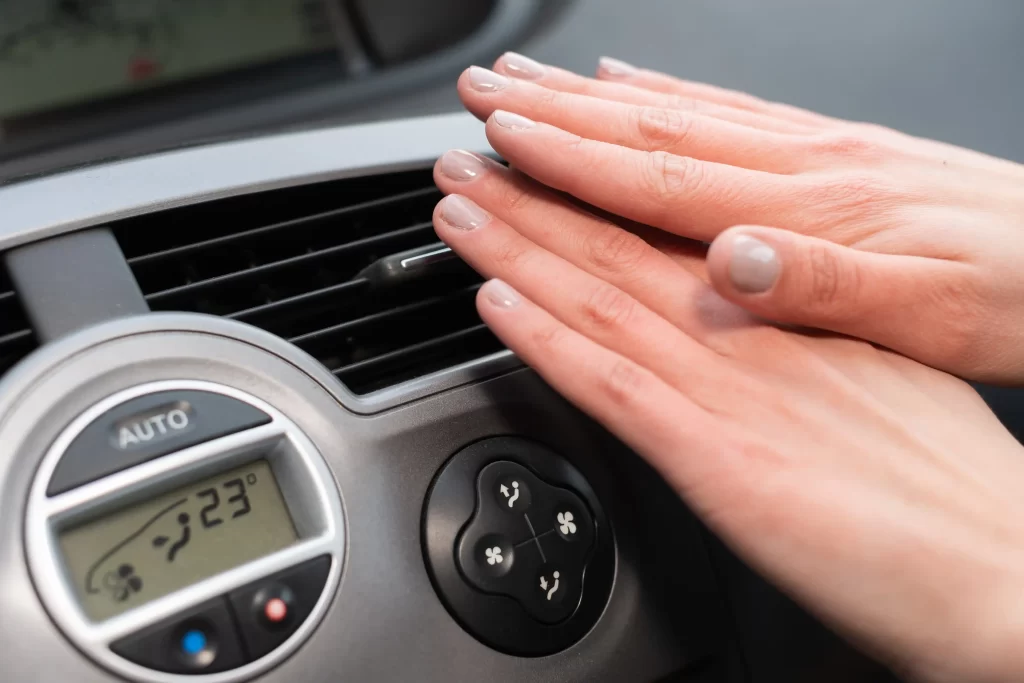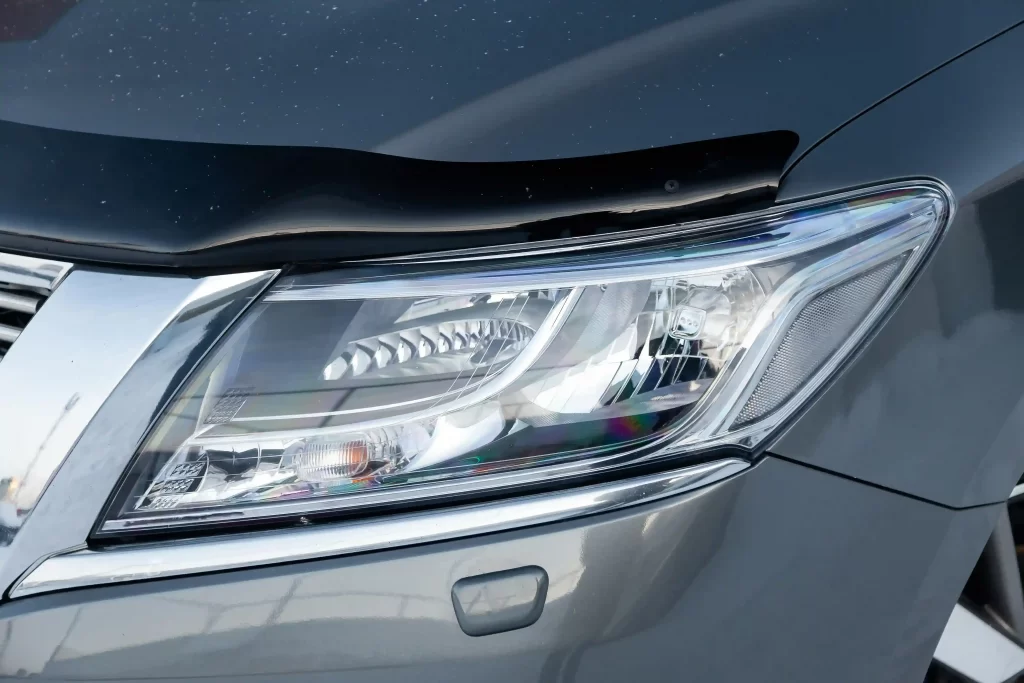With the rapidly evolving world of automobile, light systems have evolved considerably beyond their initial role of illuminating the road. Modern head lamps are performance, looks, and technology all combined. These basic parts of a vehicle not only provide road safety during nighttime or low-visibility driving but also cosmetic and technological appeal to contemporary vehicles. In this article, we discuss the multi-faceted features, innovations, and user advantage of high-end automobile head lamps in terms of novel designs and developments in engineering.

The Core Functions and Evolution of the Head Lamp
As automobile needs change, the role of the head lamp has moved from simple visibility devices to sophisticated safety and styling elements. Contemporary vehicles rely significantly on sophisticated light technology for successful driving under all circumstances.
Historical Progression of Head Lamps in the Automotive Sector
Early headlamps were oil or acetylene powered and needed to be hand-fired. They evolved into sealed-beam electric lighting and then finally yielded to halogen, HID (high-intensity discharge), and LED systems. That progression was a benchmark in efficiency, output, and energy conservation of the lighting. Each developmental step increased control, precision, and lifespan of the lighting system, ultimately improving driving comfort and safety.
Safety as the Primary Driver of Head Lamp Innovation
Safety is the first reason for continuous innovation in head lamp technology. The head lamps of the day do not only provide uniform light on various roads but also support adaptive functions such as automatic high beam switching and cornering lights. All these play a central role in accident avertments caused by low visibility or blinding fellow road users. With developments such as day-time running lights and fog-proofing treatment, the head lamp of the day is optimized to operate no matter the conditions.
Integration with Vehicle Aesthetics and Branding
Beyond their functional capabilities, head lamps have become design and identity symbols. Sleek and sharp profiles, with crystal lenses and ornamental LED strips, allow the head lamps to provide a more decorative front-end look for the vehicle. They give an auto a more beautiful look and tend to stand out as part of the complete model scheme, embodying a harmonized design language between the exterior space and the technologically advanced product.

Head Lamp Material and Structural Characteristics
Material quality and structural features are another key performance and durability aspect of a head lamp. They provide durability, weather resistance, and optical clarity over time.

High-Grade Plastic and Polycarbonate Lens Construction
More recent head lamps only use high-strength polycarbonate lenses. Polycarbonate, with all its other benefits, is impact- and UV-resistant and can cope with distortion of optics at temperatures extremes. Glass lenses yellow and fracture under road vibrations and rough weather conditions, but polycarbonate is stronger.
Advanced Reflector and Projector Configurations
The second feature of modern head lamps is the in-cabin light design. The reflector lamp uses a mirror surface to focus light, while the projector headlamps use a lens to focus the beam. Projector systems are more intense and focused light distribution, which creates better visibility and reduced scattering, and therefore is perfect for high-precision driving as well as reducing other drivers’ glare.
Sealed Housing with Moisture and Dust Resistance
Penetration of water and dust collection are typical hazards to head lamp effectiveness. High-quality models thus have tight-sealing cases with proprietary gaskets and ventilation systems. Such features shield the internal components, minimize fogging, and improve the lamp’s working life, even in damp or dusty environments.
Advanced Technologies Applied in Head Lamp Systems
With the emergence of vehicle digitalization, the head lamp has also evolved as a bearer of many smart functions to ensure the convenience of the driver, conserve energy, and enable automated control.
LED and Laser Lighting for Enhanced Efficiency
The transition from laser headlights and LEDs to halogen bulbs is a light intensity and efficiency revolution. LEDs headlights consume less power and emit more intensity and prolonged duration. Laser headlamps, though less common and more advanced, can project brighter lights and further distances than other headlamps, an ability that can prove helpful for nighttime highway driving at high speeds.
Adaptive Lighting Systems and Smart Sensors
All luxury head lights use adaptive lighting technology, which dynamically adjusts beam direction and intensity as a function of vehicle speed, road curve, and surrounding light. Sensors embedded within the system help automatically switch from low beam to high beam without driver intervention, reducing the likelihood of blinding other road users but maintaining optimum visibility on roads.
Daytime Running Lights and Sequential Turn Signals
For further form and visibility, contemporary head lamps contain built-in daytime running lights (DRLs) that are always activated when driving during the day. They enhance visibility in low-contrast conditions such as tunnels or fog. Sequential LED turn signals also yield bold and cool looks, enhancing visibility while complementing the existing design of the vehicle.
Compatibility and Customization of Head Lamp Designs
The second distinguishing characteristic in the current head lamp market is adaptability and diversification in design to accommodate various vehicles and consumer tastes. Such adaptability allows for there to be designs compatible with various applications by car manufacturers as well as B2B buyers.
Multiple Vehicle Fitments for OEM and Aftermarket Use
High-performance headlights are normally made to be fitted in an incredibly wide range of car models. This applies for OEM and after-market fits alike. Being so versatile in this respect means it is simple to fit and match perfectly, whether it is being done through factory assembly or to enhance the car in a dealership or workshop.
Customizable Beam Patterns and Color Temperatures
Among the most common customization possibilities in head lamp design is the selection of unlike beam angles, color temperatures, and effects of light. This allows designers and fleet operators to couple lighting based on geographic or brand identity requirements between cool white and the more ambient warmer glows for the luxury appearance.
Plug-and-Play Wiring and Installation Mechanisms
Instal ease is a factor in minimizing labor costs and installation faults. Plugged-in-in-in-in-in-plug wiring, CANbus error canceling on board, and universal mounting clips are thus used by most contemporary head lamps for this reason. These make it easy to replace the head lamp and also guarantee complete electronic motor vehicle system compatibility, and thus dashboard warning and performance impairment are not likely.
Application Scenarios and Industry Utility of the Head Lamp
In B2B, head lamp is essential not only in private cars but also in company fleets, transport, farm equipment, and many more. Strength and intelligent design of head lamps impact operational safety and corporate reputation.
Utility in Commercial and Heavy-Duty Vehicles
For lorries, buses, and construction equipment, reliability and nighttime performance are critical. Truck, bus, and equipment headlamps need to be resilient against vibration, impacts, and weathering. They produce longer beam zones and are typically built with strengthened housings and wider beam angles to offer road and off-road uses.
Importance in Logistics and Fleet Branding
Fleet operators lay a lot of importance on the head lamp styling from image and safety considerations. Modern head lamps with sleek LED configurations portray professionalism and technology. Additionally, consistency in light distribution and energy efficiency of the LED systems minimize maintenance and maximize vehicle uptime.
Value in Agricultural and Specialty Vehicle Applications
The conditions where farm equipment must operate are typically isolated or low-lit. Head lamps used in such areas must be very bright, powerful, and vibration-resistant, as well as resistant to mud, dust, and vibrations. Dedicated head lamp kits are designed with strengthened lenses, dust-protected couplings, and wider beams in order to give larger areas of illumination and beam light.
Redefine Automotive Vision with Hengming’s Head Lamp: Where Illumination Meets Precision
Be at the forefront of automobile lighting tomorrow with Hengming’s Head Lamp, a precision-cut technology solution designed to enhance driving safety and fashion on the open road. Perfect for optimizing vehicle visibility, OEM headlamp performance enhancement, or outfitting commercial fleets, this cutting-edge head lamp system brings innovation to the road every trip. Crafted from high-transparency lens materials, sealed head housings, and beam projection for optimal efficiency, it combines optical clarity and rugged reliability. Thin enough to fit inconspicuously into a car’s front grille, it provides not only robust light but smooth, up-to-date looks. Off, it rests subtly within the car’s styling; on, it casts a rich, even light that leaps boldly to respond to darkness, fog, and movement. Designed for drivers who expect ruggedness, beauty, and intelligent control of light, Hengming’s Head Lamp illuminates every road ahead with precision and confidence.
Conclusion
The head lamp is no longer just a source of light—it is the perfect blend of safety, technology, design, and energy efficiency. Whatever the armada of commercial trucks, an exotic high-performance sports car, or construction equipment may be, a tastefully designed head lamp can make day-and-night difference in the performance and appearance of the vehicle. Whether encapsulated housings and tough polycarbonate construction or smart LED tech and adaptive control, head lamps now are made to keep pace with today’s auto dynamic world.
As the industry moves towards more intelligent and energy-saving technologies, selecting an appropriate head lamp is a strategic decision for manufacturers, fleet managers, and distributors. Fitted with adaptive sensors, plug-and-play wire, and field-adjustable optics, high-end head lamps not only deliver light but also a solution to the lighting need suitable for various uses across industries. Visit us at Mercedes-Benz BMW Headlight, tail light mill, body kit OEM&ODM factory manufacturer to learn more.

